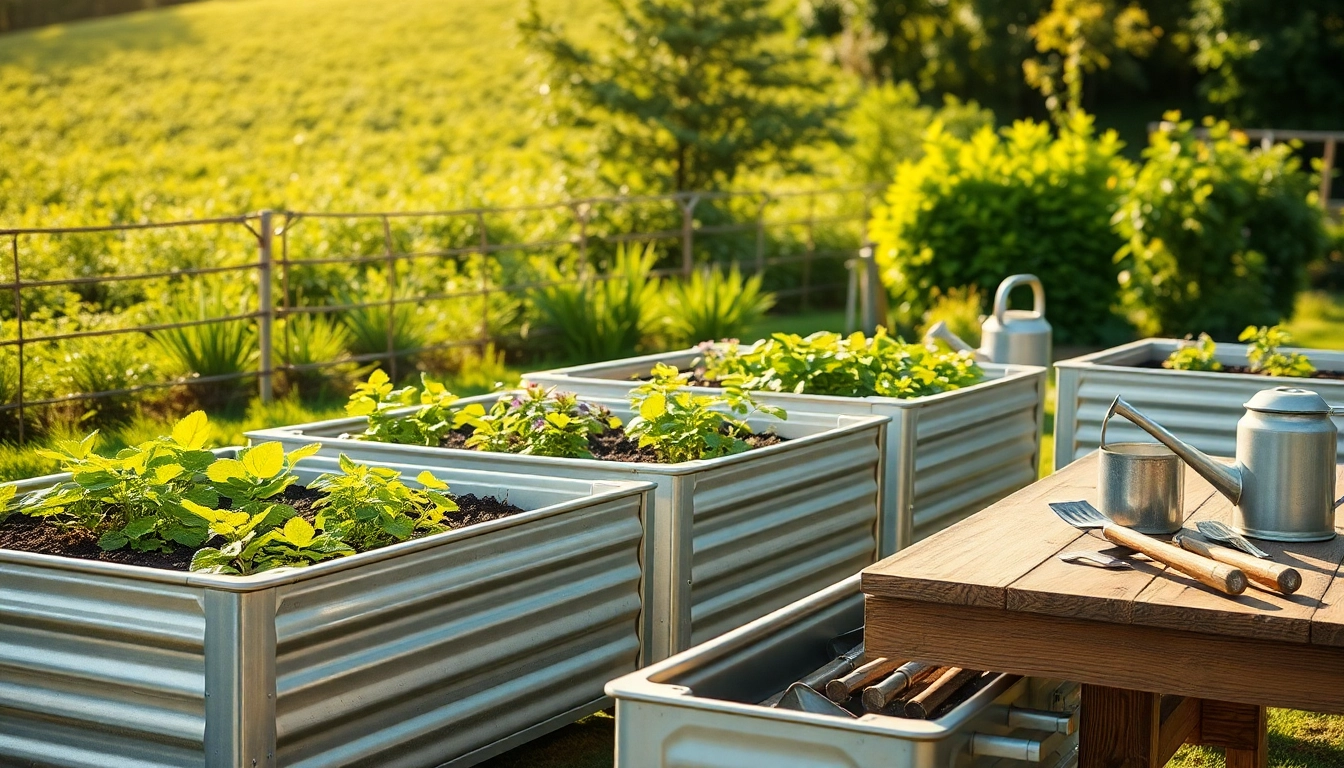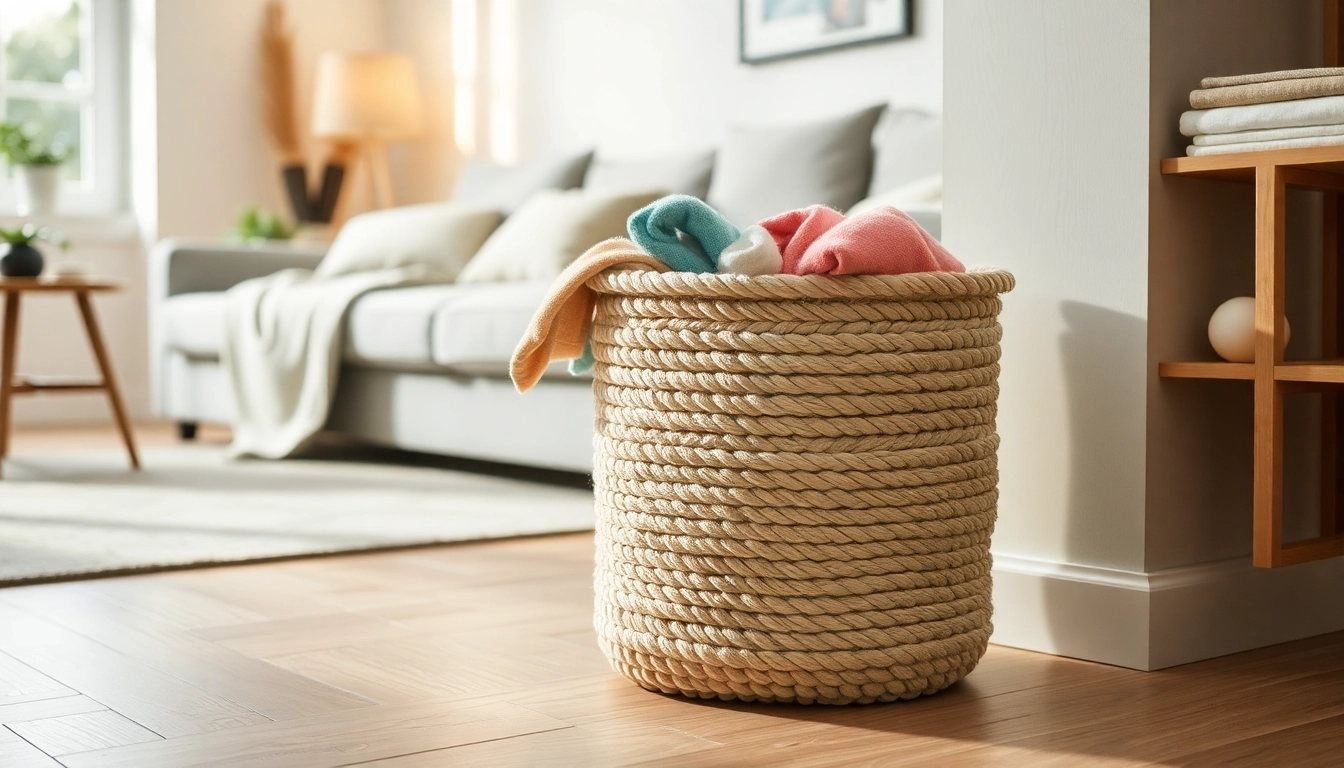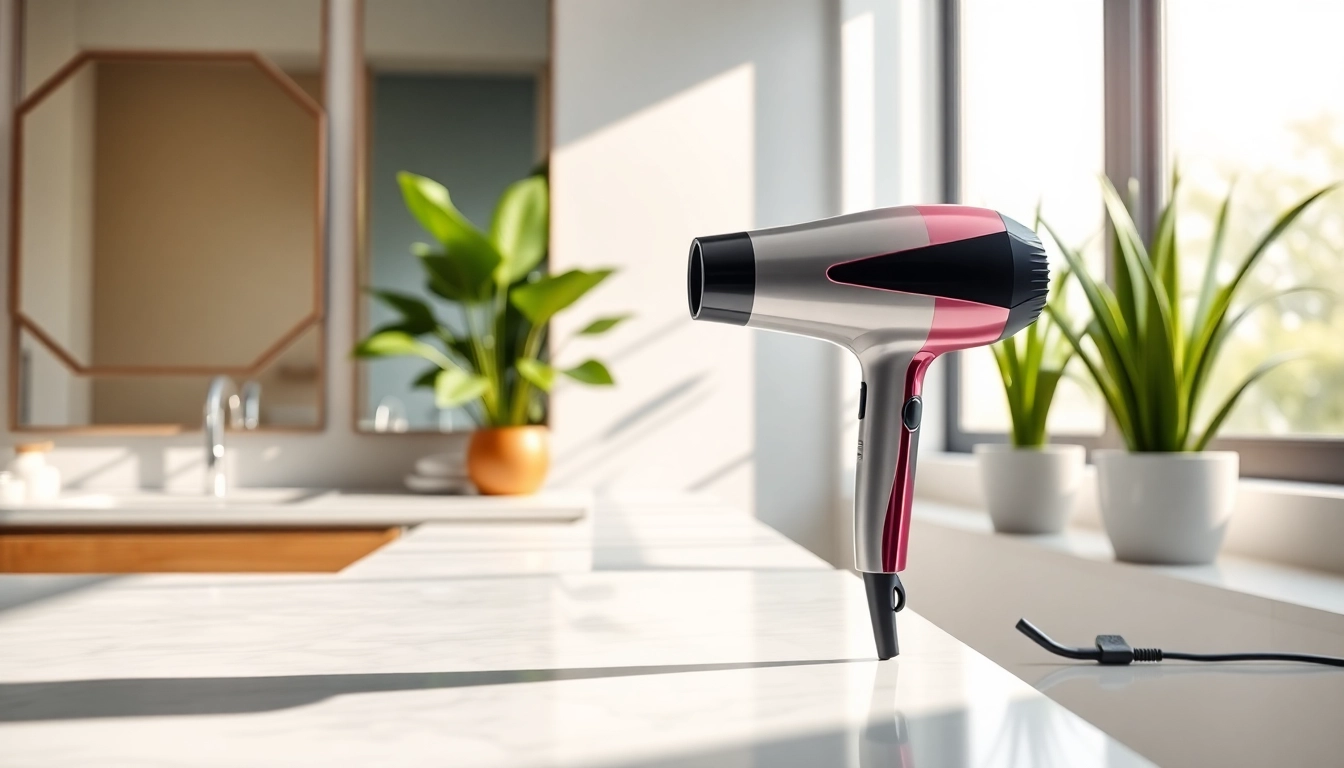Understanding Galvanized Raised Beds
What Are Galvanized Raised Beds?
Galvanized raised beds are gardening containers made of galvanized steel, an alloy that features a protective coating of zinc. This design is engineered to resist rust and corrosion, making it a preferred choice for gardeners looking for durability and longevity. These beds are elevated above ground level, allowing for improved drainage and easier accessibility, promoting a healthier growing environment for plants.
Benefits of Using Galvanized Raised Beds
Choosing galvanized raised beds comes with a myriad of benefits. Here are some of the notable advantages:
- Durability: Galvanized steel is robust and can withstand various weather conditions without deteriorating, unlike wooden beds which may rot over time.
- Corrosion Resistance: The zinc coating provides a barrier against rust, extending the lifespan of the beds significantly.
- Temperature Regulation: Metal retains heat, which can help extend the growing season in cooler climates by warming the soil faster in the spring.
- Ergonomic Design: Elevated beds reduce the need for bending down, making gardening more comfortable, especially for those with mobility issues.
- Soil Quality Control: Gardeners have full control over the soil mix, which can lead to improved plant health and higher yields.
Materials and Construction of Galvanized Raised Beds
The construction of galvanized raised beds typically involves pre-fabricated panels that connect to form the desired shape and size. Most commonly, these beds are made from galvanized raised beds boasting Q195 grade steel for enhanced strength. Key components of their construction include:
- The varying thickness of the steel, which should be at least 0.7mm for optimum durability.
- Pre-drilled holes for easy assembly and disassembly, making it practical for gardeners who may want to move or reconfigure their beds.
- Use of anti-corrosive paints or coatings that minimize deterioration over time.
Choosing the Right Location for Your Galvanized Raised Beds
Sunlight and Drainage Considerations
One critical aspect of locating your galvanized raised beds is ensuring they receive the appropriate amount of sunlight. Most vegetables and herbs thrive in full sun, which is approximately 6–8 hours of direct sunlight daily. Additionally, proper drainage is paramount; the bed should be positioned where water can drain away effectively to prevent root rot.
Soil Quality and Preparation
The soil within galvanized raised beds should be well-draining yet nutrient-rich. Before planting, consider performing a soil test to analyze pH levels and nutrient content. Amendments such as compost, perlite, and peat moss can enhance the soil structure, providing necessary nutrients for robust plant growth.
Accessibility and Aesthetics
Accessibility is essential, especially for those with limited mobility. Ensure that paths around the beds allow easy access for watering, harvesting, and maintenance. Moreover, consider the visual impact of your beds: well-placed, they can serve as attractive focal points in your garden, complementing existing landscaping design.
Planting in Galvanized Raised Beds
Selecting Suitable Plants for Galvanized Raised Beds
When it comes to what to plant in your galvanized raised beds, the possibilities are extensive. Commonly suited plants include:
- Leafy Greens: Spinach, lettuce, and kale thrive in cooler weather, making them excellent options for early spring planting.
- Root Vegetables: Carrots, radishes, and beets benefit from the loose, nutrient-rich soil that raised beds promote.
- Herbs: Basil, parsley, and cilantro flourish in raised beds, making them easily accessible for cooking.
Companion Planting Strategies
Companion planting can enhance yields and deter pests naturally. For instance, planting tomatoes alongside basil can improve growth and flavor. Similarly, marigolds are excellent companions as they help repel nematodes and other garden pests.
The Best Soil Mix for Galvanized Raised Beds
The ideal soil mix for your galvanized raised beds comprises a combination of topsoil, compost, and well-rotted manure, creating a nutrient-rich environment. A common ratio is one-third topsoil, one-third compost, and one-third additional organic material such as peat or coconut coir. This blend enhances soil aeration while retaining moisture effectively for plant growth.
Caring for Your Galvanized Raised Beds
Watering Techniques for Optimal Growth
Watering is critical in maintaining healthy plants within your galvanized raised beds. Employ techniques such as deep watering, which encourages deep root development, and consider using drip irrigation systems for efficient water use. Monitoring soil moisture levels can prevent over-watering or drought conditions.
Fertilization and Nutrient Management
Supplement your plants with organic fertilizers, such as fish emulsion or compost tea, every few weeks during the growing season. Ensure that nutrient management aligns with the specific needs of your plants; for instance, leafy greens require higher nitrogen levels, while root vegetables may necessitate more potassium.
Pest Control and Maintenance Tips
Managing pests is essential for healthy growth in your galvanized raised beds. Integrated pest management (IPM) techniques can help; this includes introducing beneficial insects, such as ladybugs or lacewings, and using organic pesticides like neem oil when necessary. Regular inspection and maintenance of plants will also help catch any pest issues early.
Advanced Techniques for Galvanized Raised Beds
Vertical Gardening Ideas Using Galvanized Raised Beds
Creating vertical gardens can maximize space and enhance aesthetics. You can incorporate trellises for climbing plants or install shelves and grids for growing herbs and flowers above the soil line. Such setups encourage creativity and can lead to impressive harvests in a limited area.
Seasonal Planting Strategies
Understanding seasonal planting strategies allows for continuous production throughout the gardening year. Implementing crop rotation is essential to keep your soil nutrient-rich and minimize pest issues. Consider cool-weather crops during spring and fall, while dedicating summer months to heat-loving varieties.
Enhancing Sustainability in Your Gardening Practices
Adopting sustainable practices in your gardening not only benefits the environment but also improves the health of your plants. Techniques include composting kitchen waste, utilizing rainwater for irrigation, and planting cover crops during off-seasons to enhance soil fertility. By doing so, you contribute to a sustainable gardening cycle that supports biodiversity.


